-
Correlation Regime Transition – Detecting Systemic Stress with Entanglement
- June 28, 2025
- Posted by: Drglenbrown1
- Category: Financial Engineering, Risk Management, Quantum-Inspired Trading Systems
No Comments
Markets, like entangled quantum particles, can suddenly synchronize during systemic stress, amplifying volatility across assets. Dr. Glen Brown’s Law 1 of the Nine-Laws Framework, paired with the Global Algorithmic Trading Software (GATS), detects these correlation regime transitions using DAATS spikes and multi-timeframe alignments. This article explores how GATS1 to GATS43200 identify and respond to such stress, leveraging quantum entanglement principles to pause trades and hedge risks, ensuring resilience from minute-to-month timeframes.
-
The Nine GATS Strategies: A Quantum-Inspired Trading Spectrum
- June 28, 2025
- Posted by: Drglenbrown1
- Category: Financial Engineering, Algorithmic Trading, Quantum-Inspired Trading Systems

Financial markets, like quantum systems, are probabilistic and dynamic, oscillating between bullish, bearish, and choppy states. Dr. Glen Brown’s Nine-Laws Framework, powered by the Global Algorithmic Trading Software (GATS), harnesses this complexity through nine strategies, from the rapid Global Momentum Scalper (GATS1) to the enduring Global Monthly Trend Rider (GATS9). This article introduces these strategies, spanning timeframes from 1-minute to monthly, and their quantum-inspired design, rooted in the √Time Principle (√256 ≈ 16 exposures). By blending financial engineering with concepts like entanglement and path-dependent memory, GATS strategies offer a rigorous approach to trend-following and risk management, setting the stage for a series exploring the Nine Laws.
-
Dr. Glen Brown’s Nine-Laws Framework for Adaptive Volatility & Risk Management in Global Markets
- June 27, 2025
- Posted by: Drglenbrown1
- Category: Dr. Glen Brown’s Nine-Laws Framework
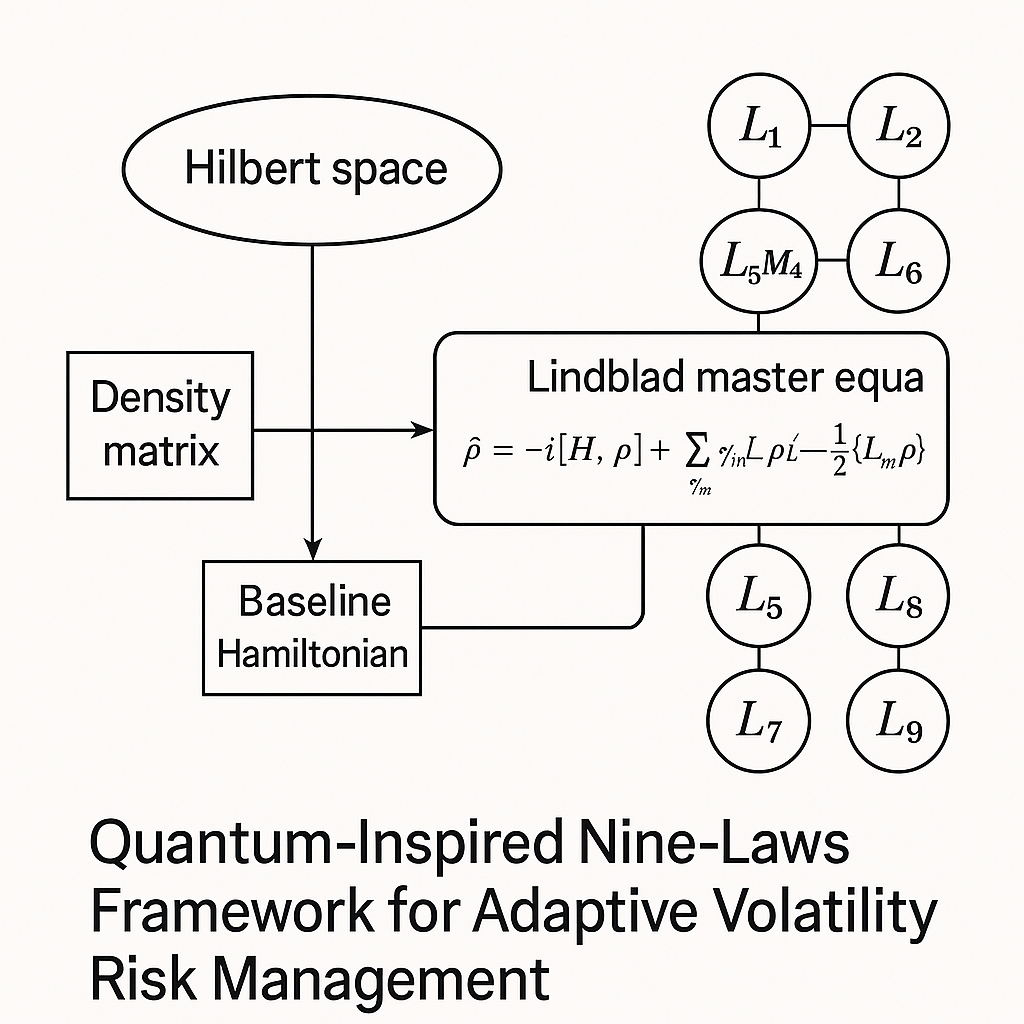
Explore Dr. Glen Brown’s quantum-dynamical Nine-Laws Framework for adaptive volatility and risk management.
-
Dr. Glen Brown’s Nine-Laws Framework Adaptive Volatility & Risk Management for Global Markets
- June 16, 2025
- Posted by: Drglenbrown1
- Categories: Algorithmic Trading, ATR Trailing Stops, Model Validation “Law Rebirth”, Portfolio Construction, Risk Management, Volatility Modeling
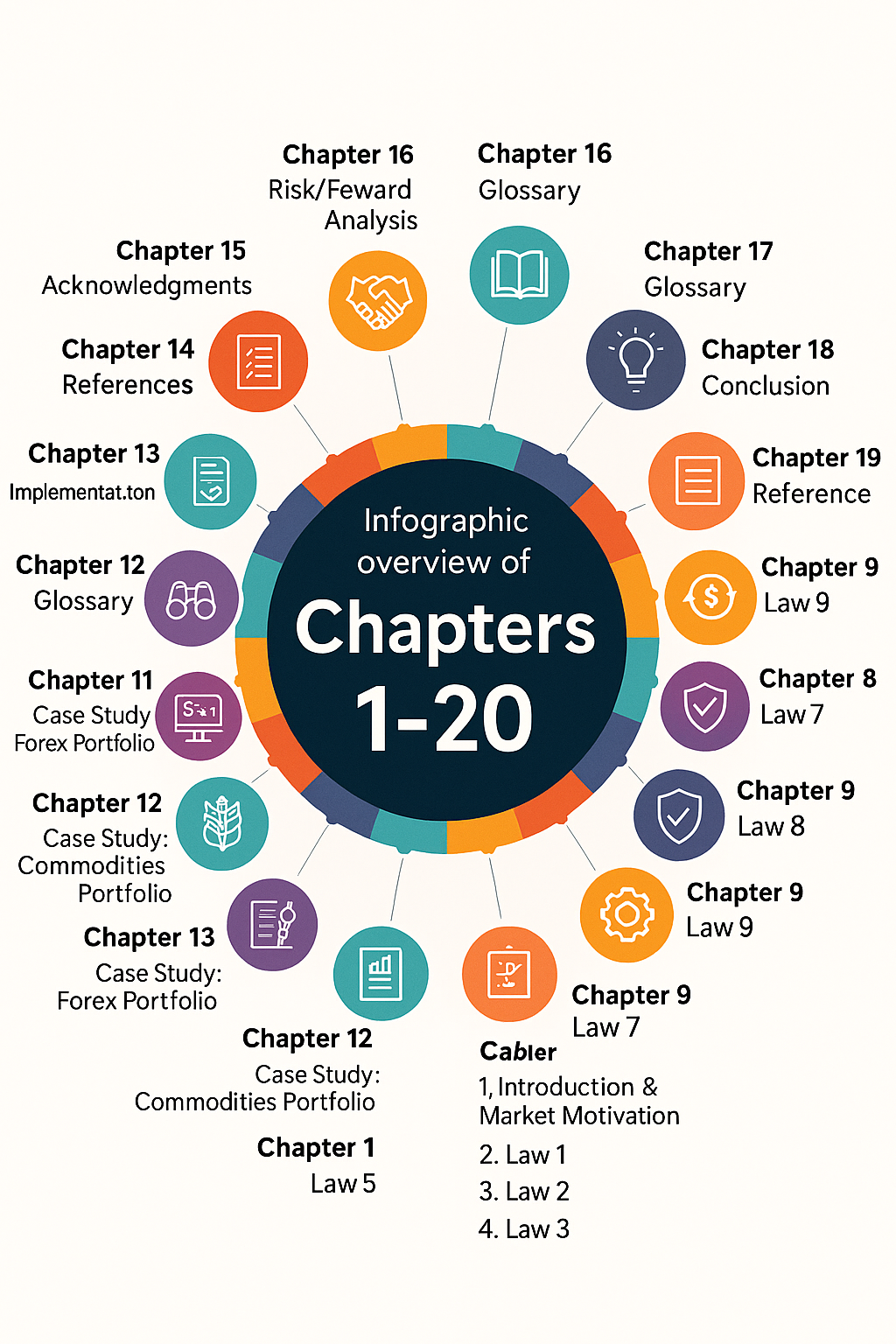
Explore Dr. Glen Brown’s Nine-Laws Framework for Adaptive Volatility and Risk Management: an in-depth guide to regime detection, adaptive stops, break-even logic, portfolio noise budgeting & continuous model rebirth.”
-
Dr. Glen Brown’s Nine‑Laws Framework for Adaptive Volatility and Risk Management
- June 12, 2025
- Posted by: Drglenbrown1
- Category: Quantitative Finance / Risk Management
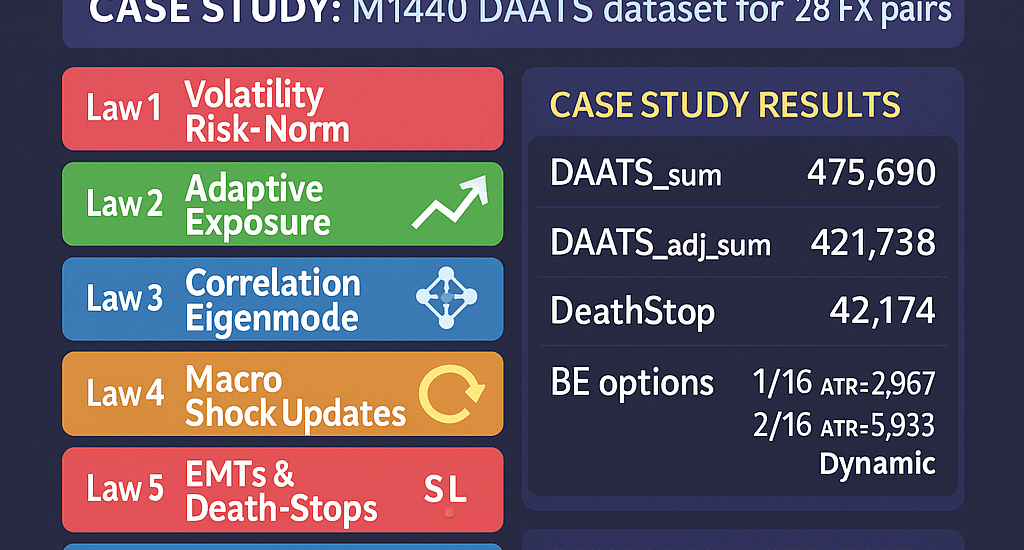
Discover a nine‑law adaptive risk framework and a 0.01 %–9 % equity risk grid for modern FX trading.
-
Introduction to Dr. Glen Brown’s Nine‑Laws Framework for Adaptive Volatility and Risk Management
- June 9, 2025
- Posted by: Drglenbrown1
- Category: Quantitative Finance / Risk Management
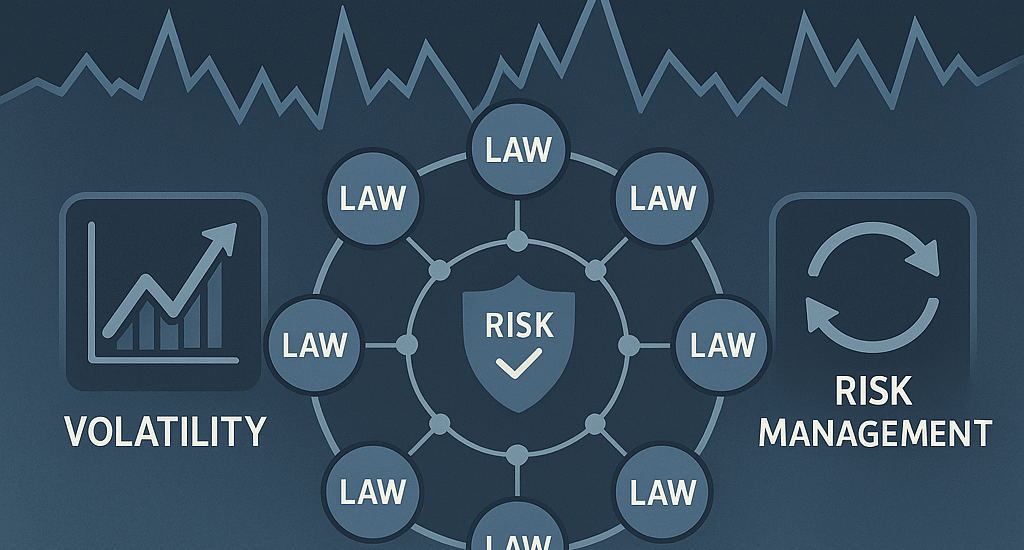
-
Dr. Glen Brown’s Nine-Laws Framework for Adaptive Volatility and Risk Management
- June 6, 2025
- Posted by: Drglenbrown1
- Category: Risk Management / Quantitative Finance

Explore Dr. Glen Brown’s Nine-Laws Framework for Adaptive Volatility and Risk Management, featuring DAATS, GNASD, and break-even strategies designed to optimize portfolio performance in dynamic markets.
-
Calculating GNASD & BE% for M60 Metals Portfolio
- June 2, 2025
- Posted by: Drglenbrown1
- Category: GATS Methodology
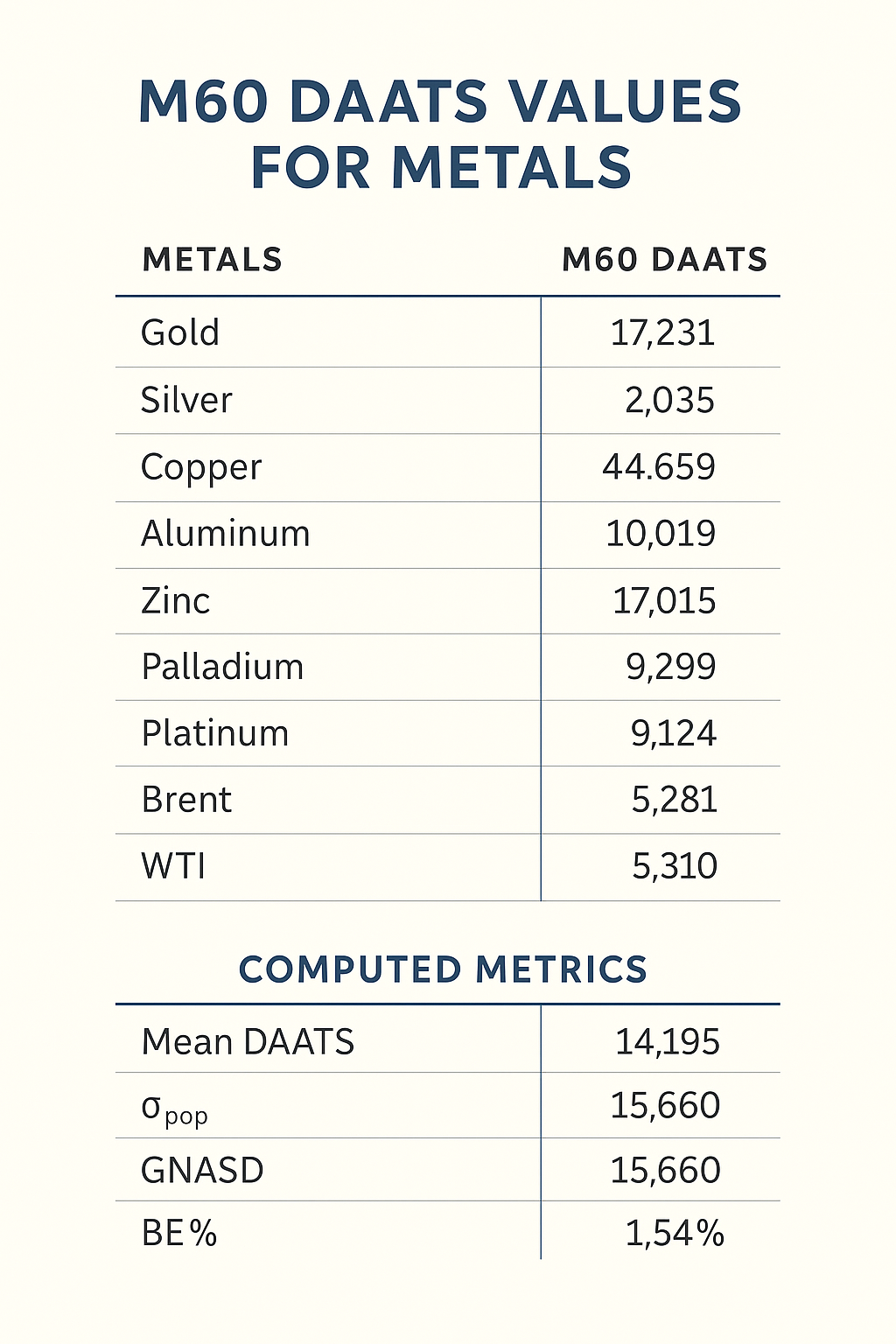
Learn how to compute portfolio σpop, GNASD (one-sigma noise unit), and BE% for 10 metals (Gold, Silver, Copper, Aluminum, Zinc, Lead, Palladium, Platinum, Brent, WTI) using updated M60 DAATS values.
-
Final M1440 DAATS Lecture: Breakeven & Trailing Stops with Extreme Spread Handling
- June 2, 2025
- Posted by: Drglenbrown1
- Category: GATS Methodology
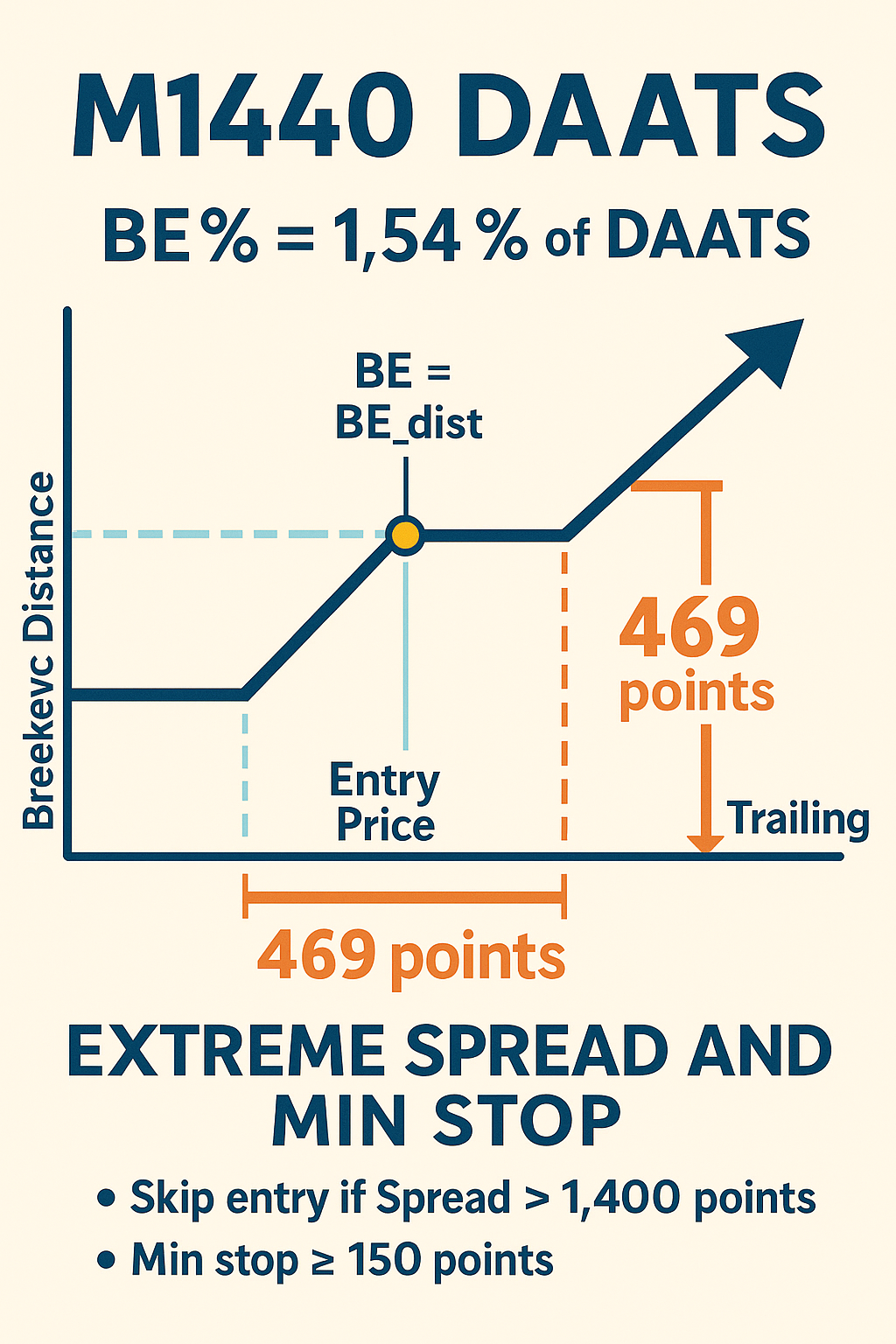
Learn our final M1440 DAATS framework for 28 forex pairs: BE % = 1.54 % of DAATS, post‐BE trailing = 469 points, and skip entries if spread > 1 400 points, all aligned with Dr. Brown’s Seven Laws.
-
Recalculating BE% & GNASD for GEMF – USA Sub‐Fund (June 1, 2025)
- June 1, 2025
- Posted by: Drglenbrown1
- Category: GATS Methodology

Learn how to recalculate portfolio BE% and GNASD (one-sigma noise unit) for GEMF – USA Sub-Fund using updated M60 DAATS values on June 1, 2025. Includes formulae, examples, and implementation linked to Dr. Brown’s Seven Laws.
-
Applying M60 DAATS & GNASD Logic to Equities: GEMF – USA Sub‐Fund
- May 31, 2025
- Posted by: Drglenbrown1
- Category: GATS Methodology

Learn how GEMF – USA Sub-Fund uses M60 DAATS and GNASD to set stop floors, breakeven triggers, and trailing stops on micro-timeframes (M30, M15, M5, M1) under the Daily MACD bias and M60 EMA regime.
-
Micro‐Timeframe Stop Floors & Breakeven Logic Using M60 DAATS & GNASD
- May 31, 2025
- Posted by: Drglenbrown1
- Category: GATS Methodology

In this lecture, we demonstrate how GATS leverages M60 DAATS and the portfolio’s one‐sigma noise unit (GNASD) to establish robust stop‐loss floors, breakeven triggers, and trailing stops on M30, M15, M5, and M1. By anchoring micro‐timeframe stops to hourly volatility and applying a 1.39% breakeven rule per pair, traders can avoid routine hourly whipsaw while still capturing high‐probability moves under the Daily MACD bias and M60 EMA regime filters.
-
Position Sizing Under Extreme Leverage in Dr. Glen Brown’s Seven-Law Framework
- May 29, 2025
- Posted by: Drglenbrown1
- Category: Trading Strategies
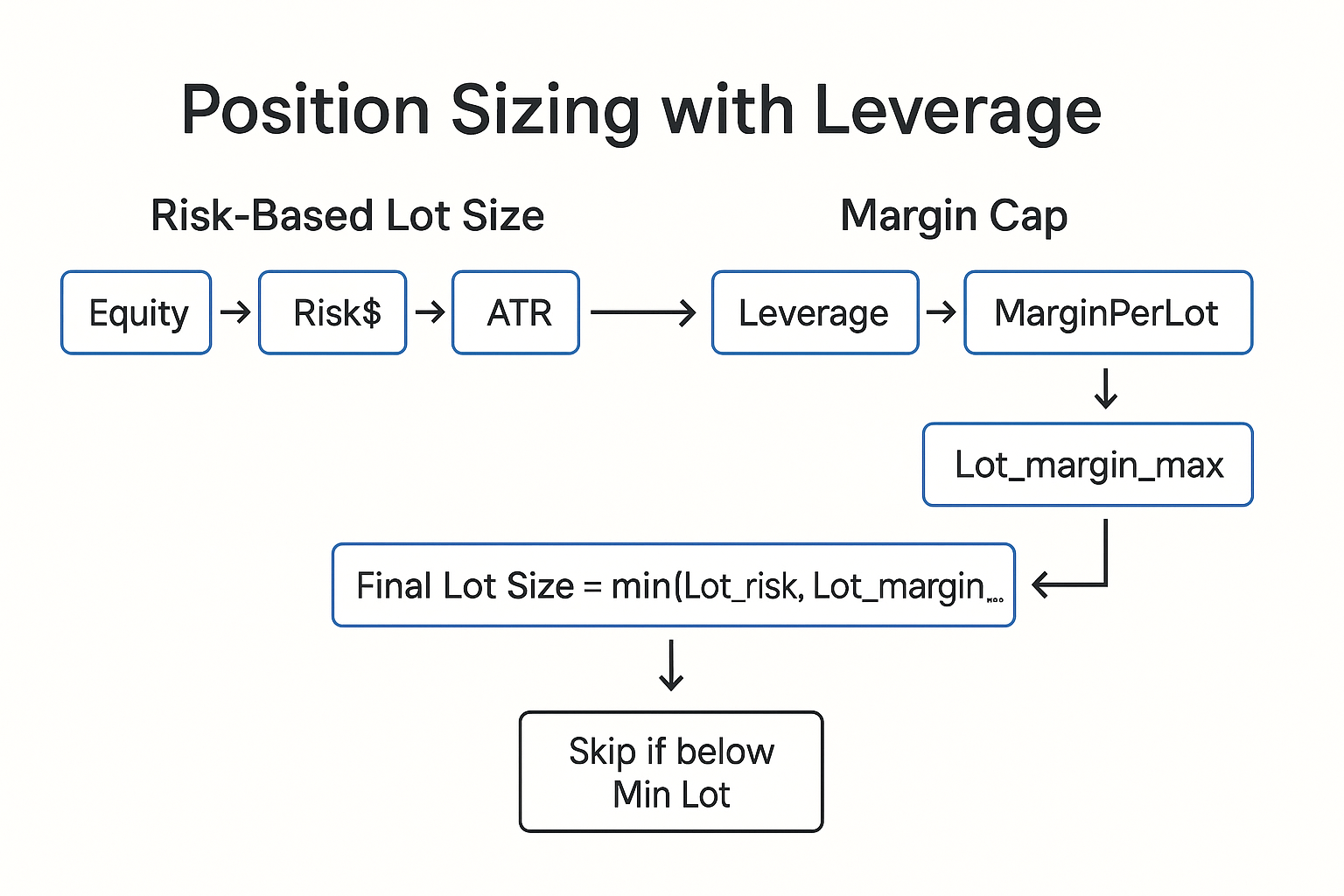
Learn how to incorporate extreme leverage into Dr. Glen Brown’s Seven-Law volatility stop-loss framework for disciplined position sizing
-
Whiskers & Fences: A Boxplot Approach to Adaptive Volatility Stop-Loss
- May 26, 2025
- Posted by: Drglenbrown1
- Category: Trading Methodology
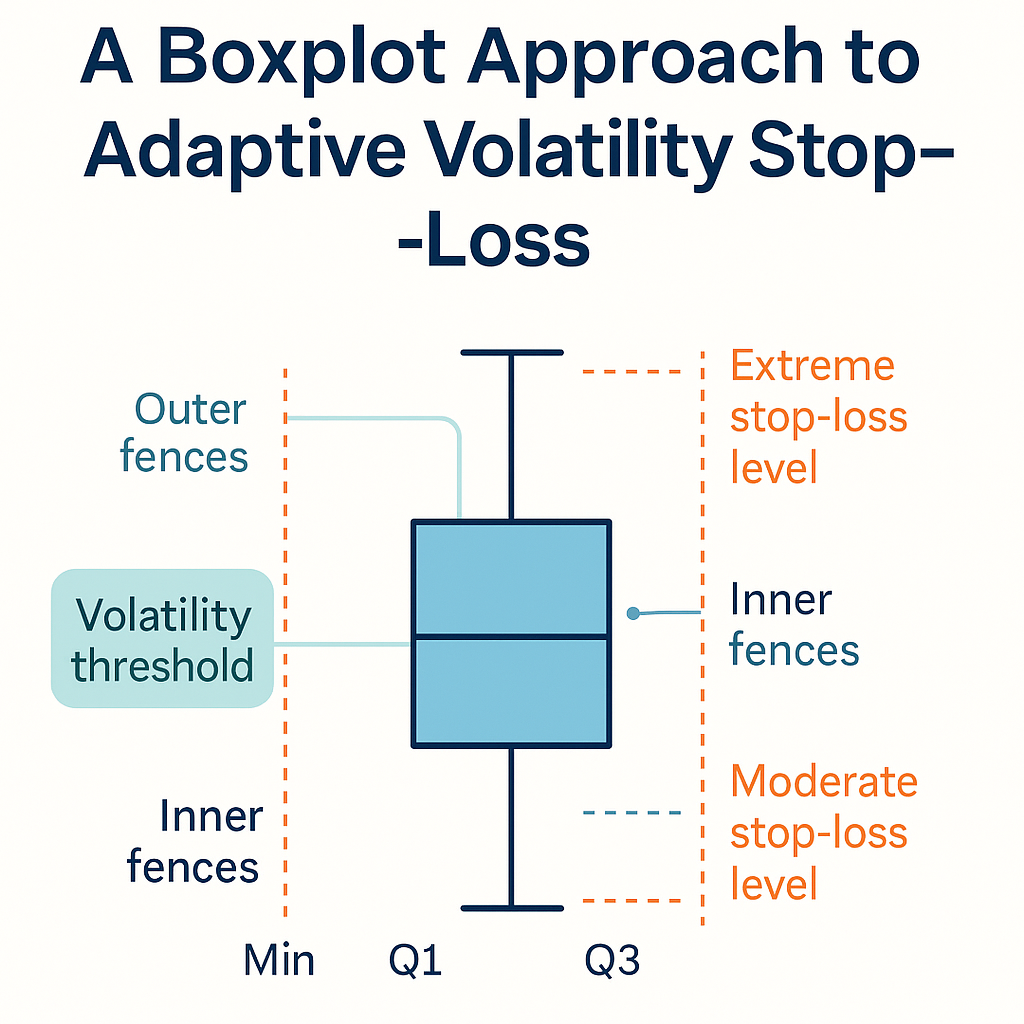
Learn how to apply boxplot hinges, whiskers and fences to Dr. Glen Brown’s Seven Laws to detect regime shifts and dynamically adjust stop-loss buffers using ATR(200) exposures.
-
Keltner Reinvented: Embedding k = 15 into Your Trend Envelope
- May 25, 2025
- Posted by: Drglenbrown1
- Category: Trading Methodology
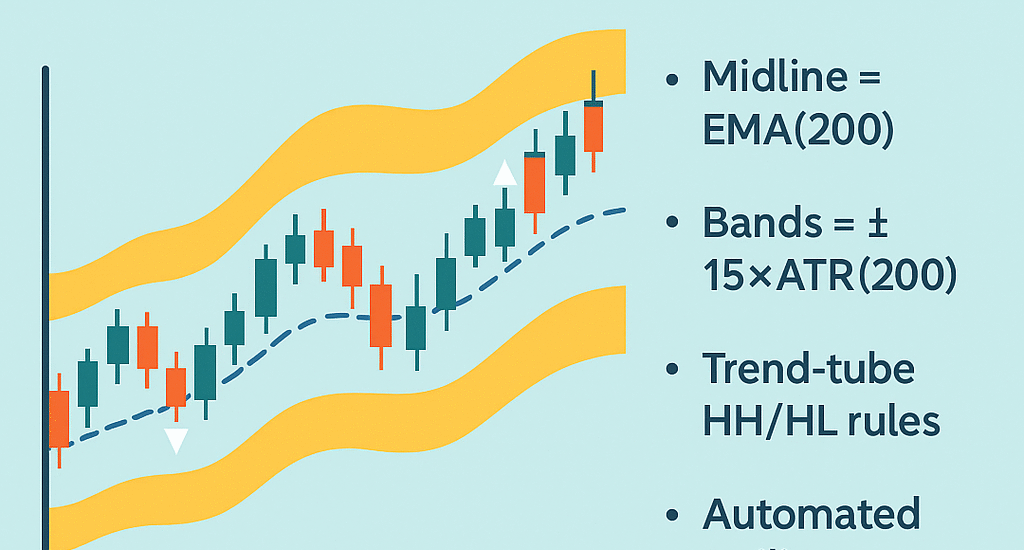
Learn how to implement an adaptive Keltner Channel with EMA(200) midline and ±15×ATR(200) bands, including Pine/MT4 code, trend-tube rules, and automated trailing.
-
Static vs. Distribution-Free: Chebyshev and the Empirical Rule
- May 25, 2025
- Posted by: Drglenbrown1
- Category: Trading Methodology
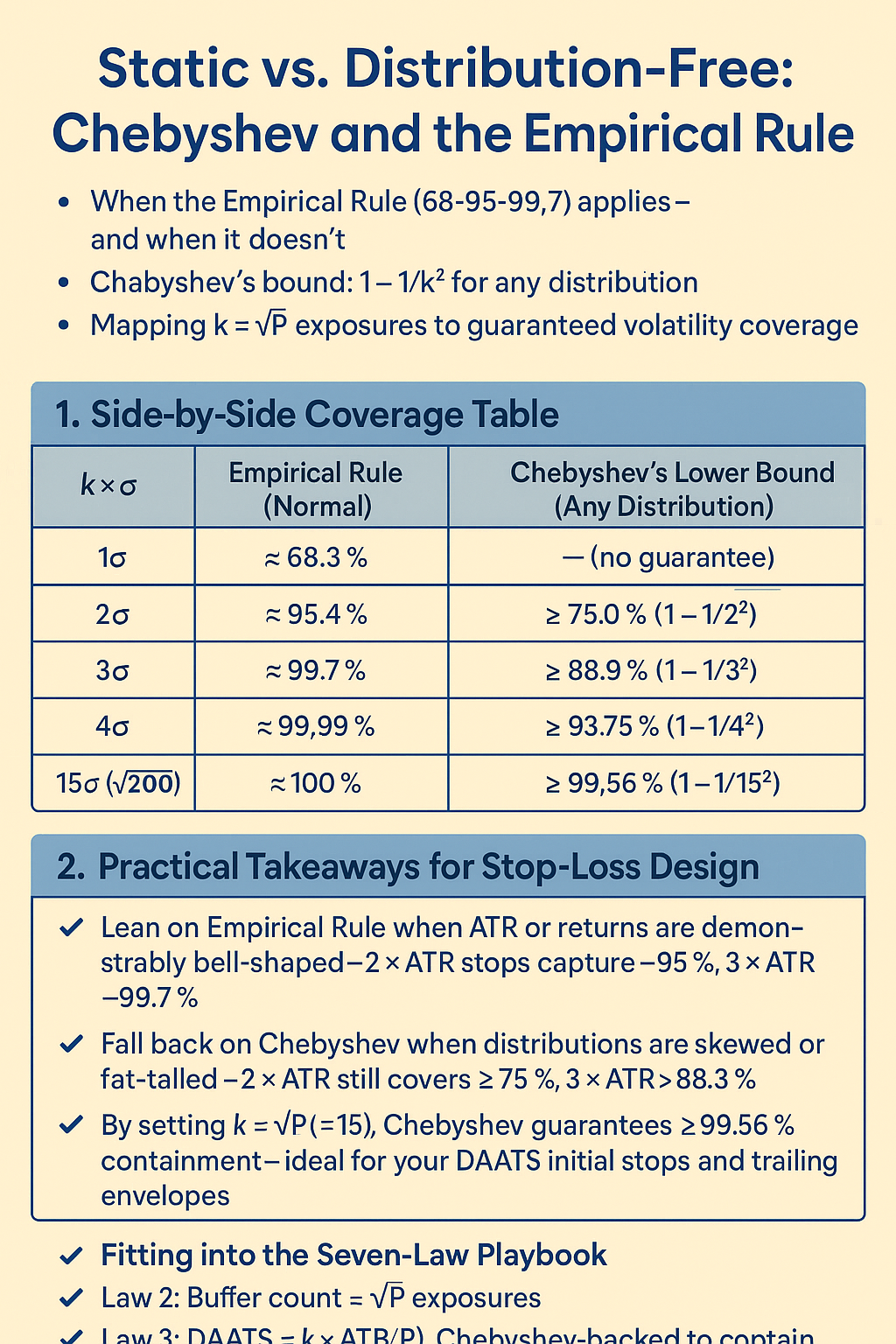
Compare the Empirical Rule for normal distributions with Chebyshev’s inequality for any distribution. Learn how k=√P exposures maps to guaranteed volatility coverage within Dr. Glen Brown’s Seven-Law framework.
-
Tail-Risk Laws: Skewness & Kurtosis in Your Stop-Loss Rules
- May 25, 2025
- Posted by: Drglenbrown1
- Category: Trading Methodology
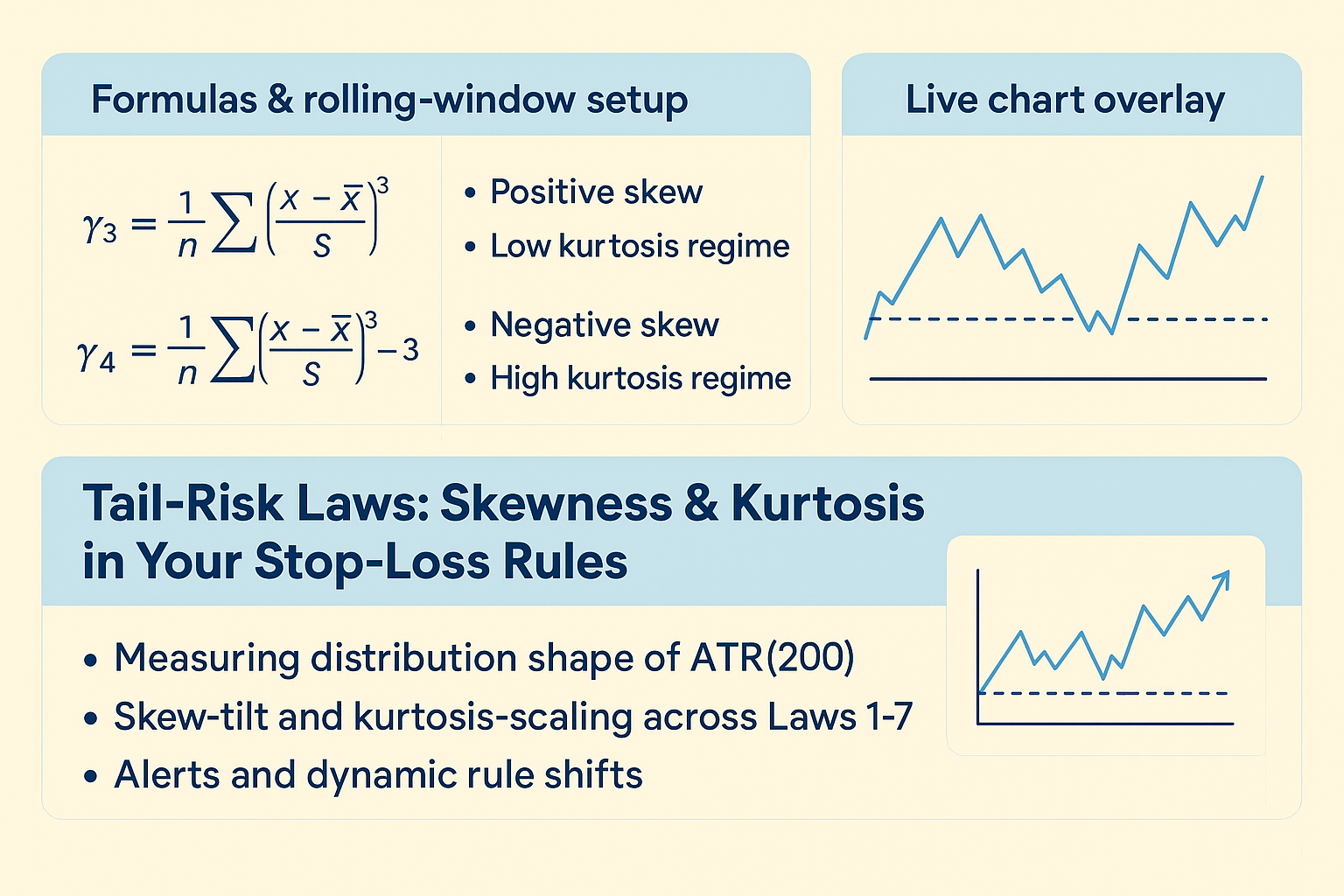
Learn how to measure ATR(200) skewness and kurtosis, apply skew-tilt & kurtosis-scaling to Dr. Glen Brown’s Seven Laws, and view live chart overlays for dynamic stop adjustments.
-
Law 7: GNASD—Managing Cross-Asset Noise Budgets
- May 25, 2025
- Posted by: Drglenbrown1
- Category: Trading Methodology

Explore Law 7 of Dr. Glen Brown’s Seven Laws—GNASD for portfolio-level stops. Learn how to compute population σ, normalize by N, and apply global breakeven triggers with hybrid caps and cost floors.
